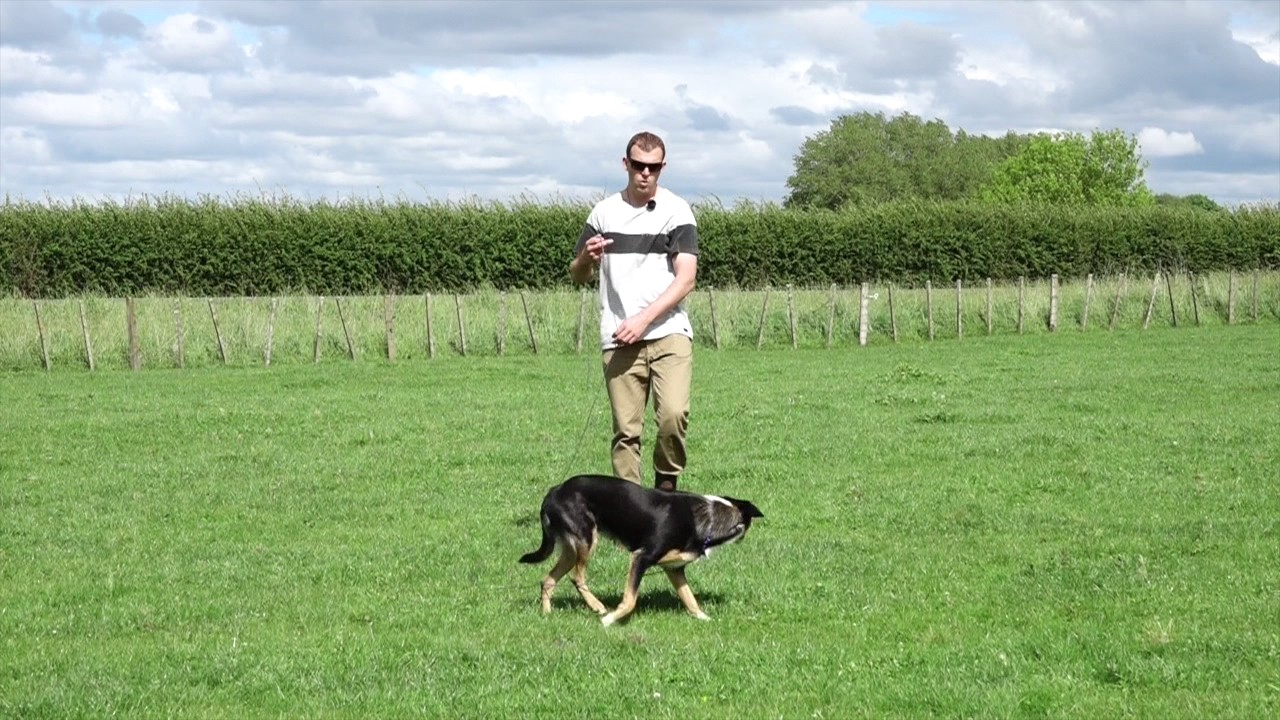Training a Hunting Dog to Stay Close?

Training your hunting dog to stay close is vital for the safety of yourself and the animals you hunt. It is a necessary skill that takes time to learn.
There are several methods to train your dog to stay close. One of the most effective is to train around decoys.
1. Recall
Training a hunting dog to stay close can be challenging. Hunting dogs can get lost, tangled in brush or fences, run afoul of other animals, and get into trouble with predators. Whether you’re a first-time trainer or an experienced birder, it’s important to train your dog to be dependable in the field and at home.
Training your dog to be dependable requires patience and consistency, but it isn’t impossible. Start with small, brief lessons that are fun and rewarding for both you and your dog.
The first step in teaching your dog to come when called is to recall him to you with a command that he understands, like “here.” When he comes to you, give him a high-value treat or toy and praise him enthusiastically. Repeat this procedure frequently in a low-distraction environment until your dog has learned to come to you whenever he hears the recall cue.
Next, add an additional command, such as “stay,” or a verbal cue that he knows, such as “here.” This cue can be used only when he’s coming to you. It’s also a good idea to use a leash at this stage.
If you’re hunting with a gun, it’s especially important to teach your dog to stay close. A gunshot is a powerful sound that can be scary to many dogs.
A dog that is afraid of gunshots will not be able to focus on the retrieve. If this is the case, you’ll need to back up in training and re-associate the gun shot with retrieving.
One of the best ways to get your dog to come to you when called is to play a game of hide-and-seek with them. You can do this with a toy or an empty box. Place the toy or box at a distance that is just slightly more than your dog’s height, then slowly move it closer until your dog runs after it. Once they’ve gotten the hang of this, you can then turn it into a game that requires them to come when you call.
2. Stay
A well trained hunting dog will not only stay put, they’ll also make you a better hunter. You will want to keep your hound leashed at all times. The best way to do this is to train your dog to heel on command. It is a worthy task that will pay off big time when it comes time to hit the fields. There is no need to be overzealous in the training department, you’ll need all the patience a girl can muster to get your hunting partner in top form. The key is to be consistent in your approach so that your dog learns what it means to be your hunting partner and appoints you as her man (not your wife). Be sure to reward your canine partner with the same attention to detail that you do, if not more.
3. Heel
A gun dog must be steady, comfortable with gunshots and obedient in the field. This is no easy task, but it can be done if you set out to do the work needed to train your dog correctly from day one of bringing him home.
The first step to training a hunting dog to stay close is heeling. Heeling is the ability to walk in a steady manner, without losing focus on you or other hunters.
Heeling is the key to a dog’s steadiness, and it is often neglected during training. It is important to invest the time and effort in teaching a dog to heel properly, as this skill will be necessary for all aspects of hunting, including stop whistles, hand signals, retrieving and staying calm while in a blind or on a boat.
When training a pup to heel, begin in an open area with no distractions and keep moving forward. Pop your pup’s nose and tell him “heel” if he gets distracted, but do not stop walking until you are sure that your dog is paying attention to you alone. Repeat this process over and over again until your dog is consistently paying attention on his heel while you move forward.
After a period of successful heeling, progress to an exercise called a walkup. This is similar to the bird flushing drill where you throw bumpers out in front of your dog and have him sit when a bird is flushed.
Eventually, you’ll be able to start focusing on other training, such as hunt tests or hunting in the field. You’ll want to get your dog comfortable hunting in different areas, ranging over and behind trees, while heeling around other working dogs, handling flushing birds, and remaining unharmed by other hunters and their gunfire.
4. Wait
Whether you’re hunting on land, in a waterfowl boat, or in a duck blind, you want to make sure your dog stays close. This is important for safety and self-discipline.
If your dog has a strong chase instinct, it can be challenging to teach him to stop. However, it isn’t impossible. If you follow a few simple rules, your dog will learn that stopping is more rewarding than running off to chase an animal.
For example, you can use a leash and treat to train your dog to wait before running off after a squirrel or other moving object. You can also train your dog to wait before you let him out of the crate or when you’re about to open a door.
To start, you’ll need a food bowl filled with treats. Lower the bowl to your knee without moving it towards your dog, and move the bowl back up toward you when he stays put. Repeat this cycle several times until he understands that staying put means you’re giving him a treat.
Once he’s consistently understanding this command, you can try opening the door slightly and letting him out quickly when he holds his “wait” command for several seconds or longer. Do this over and over until your dog knows that he can stand still inside the crate or outside the door until you release him.
If you’re a gun or duck hunter, it is especially important to teach your dog to stay close while in the field. This will ensure his safety and allow him to be a successful hunter.
5. Whoa
A hunting dog who stays close to you in the field is a vital tool in the field. If you are hunting with multiple dogs and your pup is running toward another dog who has gone on point, it’s important to get them to stay put while honoring the other dog’s point.
In order to train your hunting dog to stay close, you need to be consistent with every command. This can be a difficult task, but it is a necessary one that will help you stay focused on the job at hand while keeping your dog comfortable in the field.
The first step in training a hunting dog to stay close is to walk with them on a check cord, ensuring they understand the whoa command and are consistently at heel. As they gain confidence, gradually loosen the check cord and let them walk freely.
During these early lessons, it’s essential to keep the length of time you hold the pup’s whoa command short and only give it a few times per session. This will ensure that the pup does not get confused and think they are being rewarded for staying in place by you holding them on the lead.
When your pup whoas consistently on a dime at any distance you can see them, move to walking with them in front of you while you are whoaing. This will prevent them from trying to walk with you and is a good exercise for them to learn that they must stay at heel.
Once your pup has learned that they can walk with you and whoa at the same time, you need to continue practicing their obedience on longer walks. This can be a bit frustrating, but as they become more comfortable with their obedience and understanding of the whoa command, you can slowly expand the distances they must whoa at your side without you holding onto the lead. Eventually they will whoa reliably at any distance you can hear them from, and you can start using only an e-collar to whoa them.

